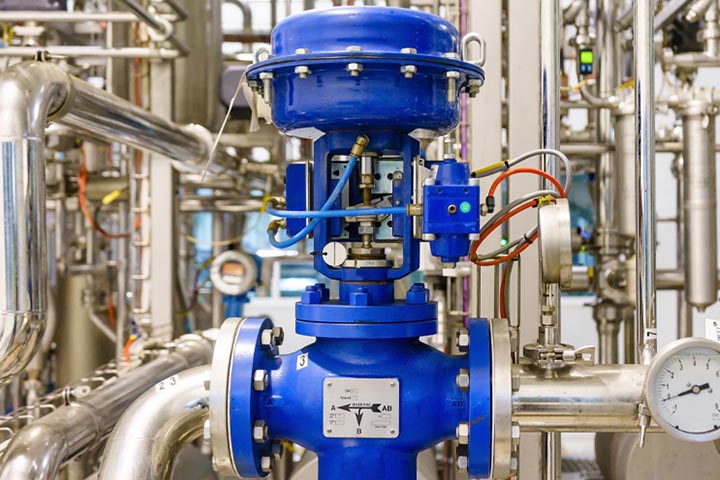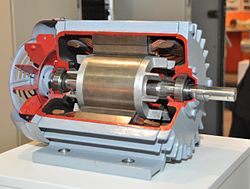What are control valves and how they operate?
The control valve is an industrial valve whose main task is to control the flow of fluid. Depending on the type of construction, the control valve is resistant to a certain amount of pressure, temperature, mechanical shock and corrosion. In the following, we will review the general applications of the control valve. Join us.
What are Control Valves?
Control Valves have been designed to control and regulate pressure and flow rate. They can automatically do the job and eliminate the need for you to constantly keep an eye on the system. You can choose the correct control valve for the specific desired pressure.
The opening or closing of automatic control valves is usually done by electrical, hydraulic or pneumatic actuators. Normally with a modulating valve, which can be set to any position between fully open and fully closed, valve positioners are used to ensure the valve attains the desired degree of opening. see more
The main goals of different control valve parts:
The main functions of control valves are flow regulation, flow stop and direction and pressure regulation. Depending on the activity, you can choose the right control valve. The primary purposes of the control valve are:
- Controlling the flow direction
- Relieve the system from specific pressures
- Increase or decrease the flow
- Turn the flow on or off
- Regulating the flow or process pressure
Pressure independent control valves (PICVs) improve system performance and optimize delta-T resulting in less pumping energy and contributing to more efficient loading of boilers and chillers. Siemens pressure independent control valves integrate three functions into a single device: control valve, adjustable flow limiter, and automatic pressure regulator. The automatic pressure regulator dynamically balances the circuit by maintaining a consistent flow through the valve when differential pressure changes. Siemens pressure independent control valves have the unique advantage of always maintaining their full stroke, regardless of the maximum adjustable flow setting, to provide better control.
The final goal of different control valve types
benefits of Pressure independent control valves:
- Optimized performance for greater energy savings
- Longer reliability due to fewer repositions
- Smaller footprint
At linquip, we provide you with up-to-date and complete information about different types of control valves, its various parts and its applications. So, to answer your questions about control valves, visit our website.
References:
https://www.linquip.com/blog/control-valves-101-guide-to-understand/





Comments
Post a Comment